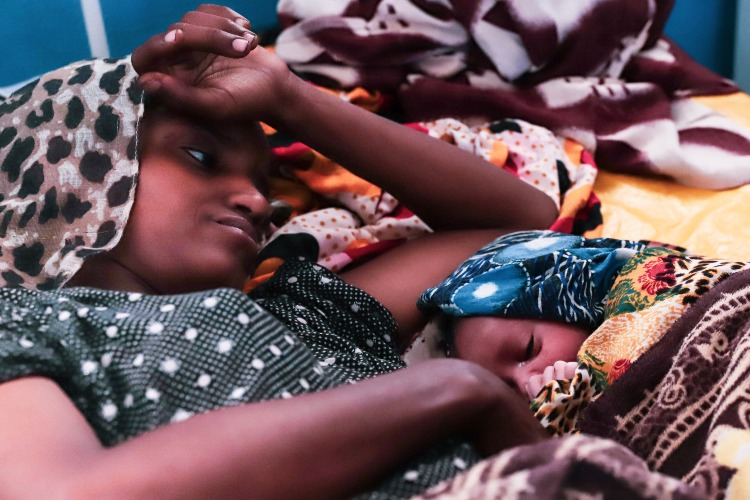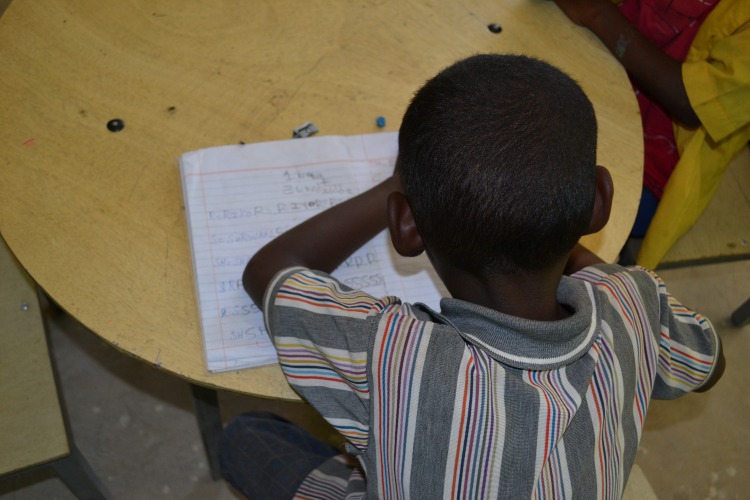40 years later - the Ethiopian famine of 1984
28 March 2025

Last year marked the 40th anniversary of the devastating Ethiopian famine of 1984, one of the most tragic humanitarian crises of the 20th century.
For many of us, the horrifying images of starving children are indelibly marked in our memories.
Over a million people died, and millions more were displaced and left with nothing. The people of Ethiopia experienced suffering to a degree that was incomprehensible.
On 23 October 1984 - 40 years ago today - BBC reporter Michael Buerk and Kenyan photojournalist Mohamed Amin covered the ‘Biblical famine’ that was devastating the Horn of Africa. It was a news broadcast that defined a new age of television journalism and brought the suffering of Ethiopians into our living rooms.
It was a time of immense suffering, but the documentary also marked a turning point that brought global attention to issues of hunger, poverty, and inequality. Those heart-breaking images prompted unprecedented international aid and solidarity efforts.
The famine, caused by a lethal combination of drought, conflict, and economic instability, exposed the vulnerabilities of millions living in rural Ethiopia.
It also laid bare the consequences of inadequate infrastructure, ineffective government, and international neglect of developing nations.
However, it also gave rise to important humanitarian efforts like the iconic Live Aid concert, which raised global awareness and much-needed funds for relief.
As we reflect on the events of 40 years ago, we are also reminded that hunger and food insecurity remain as enormous challenges to millions of people in Ethiopia.
Ethiopia has made significant strides since then. Life expectancy has almost doubled since 1984. The rates of child marriage have declined significantly, and the number of maternal deaths has halved. Literacy has increased considerably in most parts of the country, which, as we know, is a huge factor in improving lives and futures.
However, so much still needs to be done.
According to the World Health Organisation, preterm birth complications count as the second most common cause of death in Ethiopia. Millions of girls and women are living with the devastating consequences of female genital mutilation, and Ethiopia has one of the highest rates of obstetric fistula anywhere in the world. In rural areas such as Afar, education levels are still far too low, particularly amongst girls and women.
As in 1984, conflict and inequality continue to exacerbate crisis. And now, we are also seeing the effects of climate change, which is causing more unpredictable, frequent, and severe weather events.
The anniversary serves as a sombre reminder that the fight against famine and poverty is far from over, and that we can all be active participants in the journey towards justice, development, and human rights in Ethiopia.
I am grateful to our Ethiopiaid supporters, who demonstrate time and again their inability to stand aside and watch as others suffer.
And I am grateful to our partners in Ethiopia, who are absolutely committed to doing everything in their power to lift up the people of Ethiopia and improve their futures.
Sharon Elliott, CEO, Ethiopiaid Australia
You can watch the BBC report from 23 October 1984 here >>

These are some of the images that shocked millions around the world in 1984





